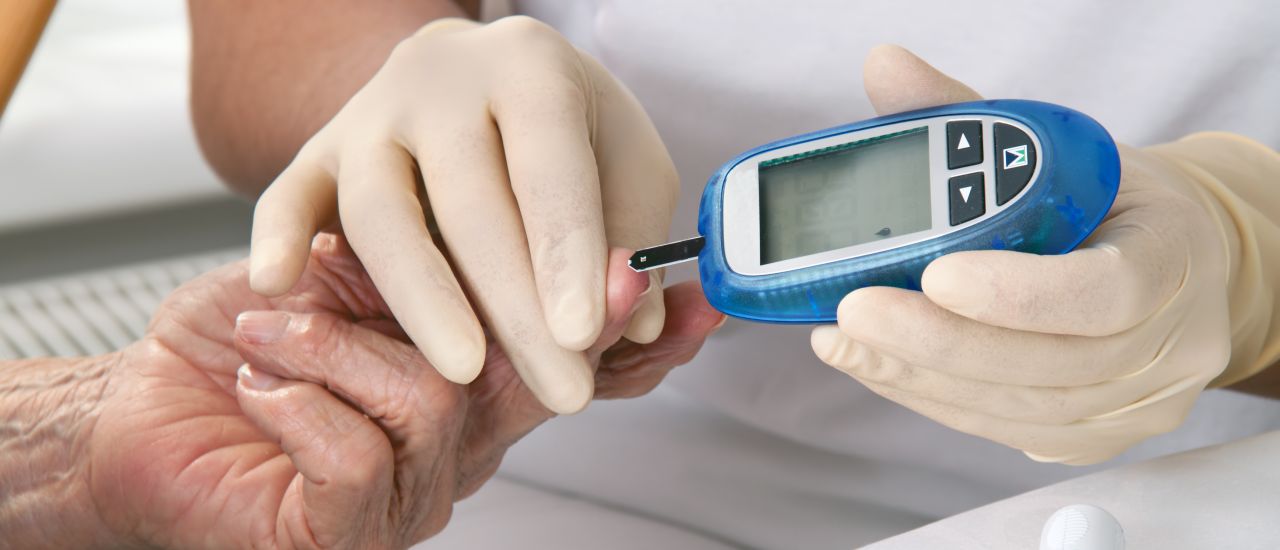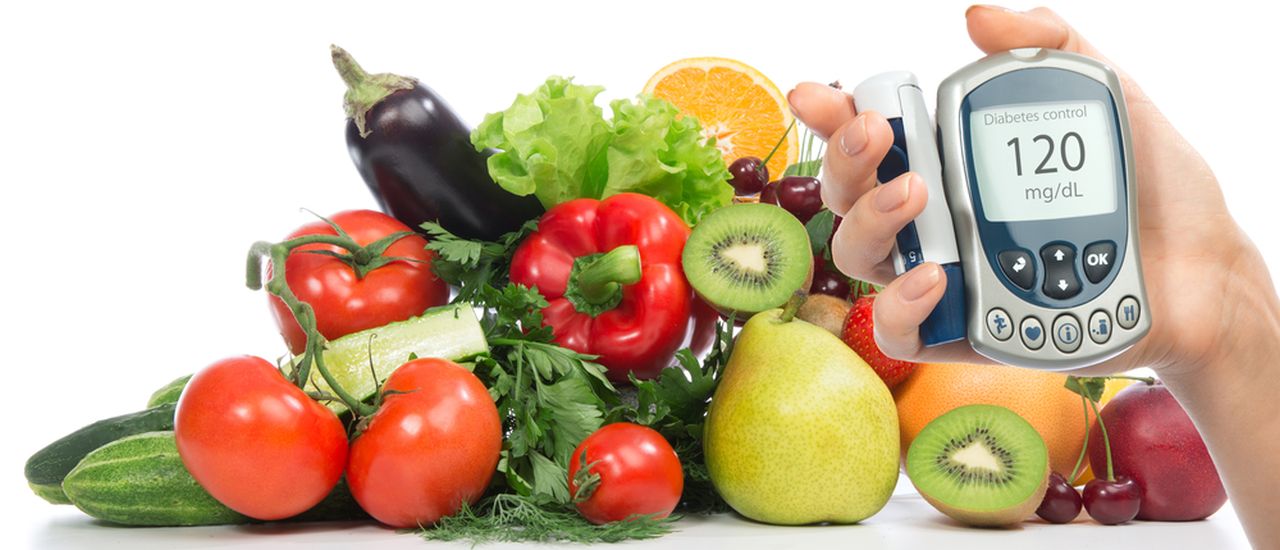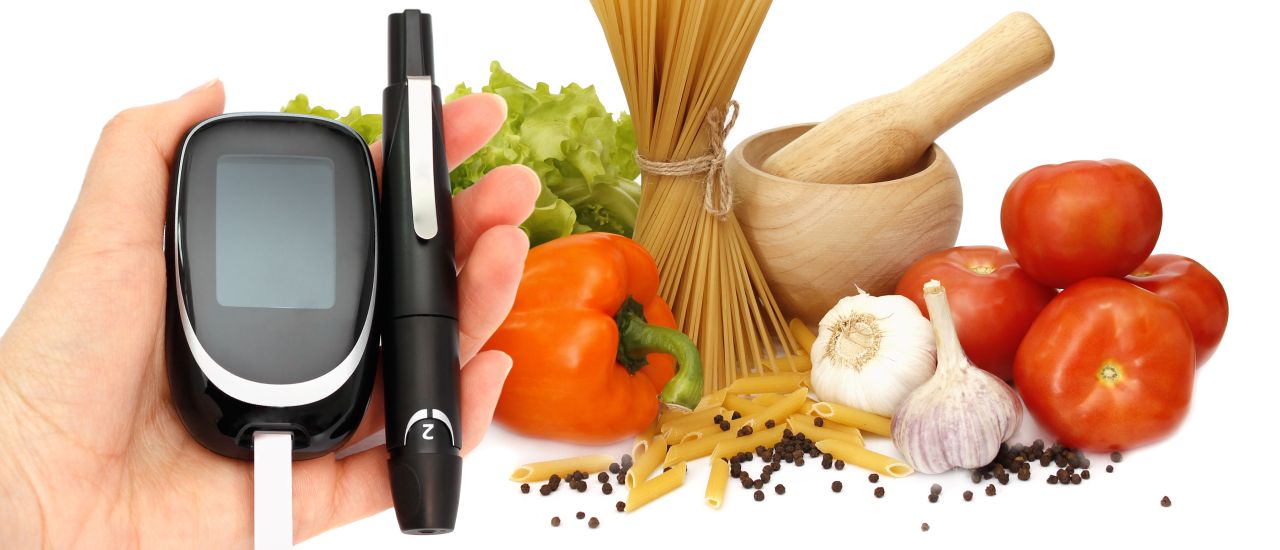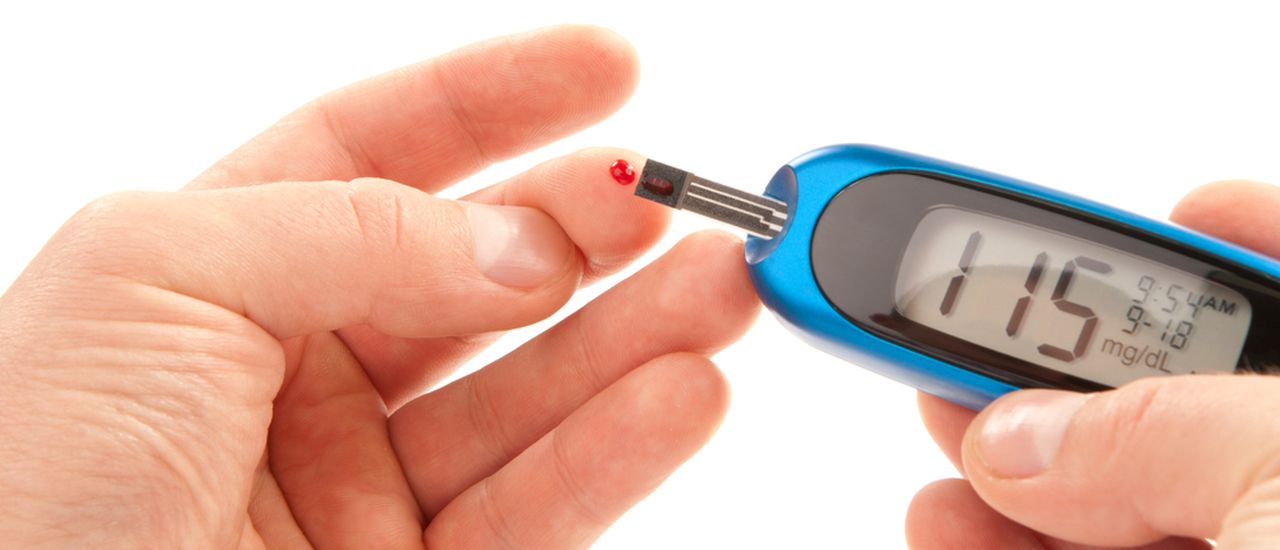Diabetes is a chronic (lifelong) disease marked by high levels of sugar in the blood. There are three major types of diabetes including Type 1, Type 2 and gestational diabetes. Diet is very important for a diabetic, and should be well-balanced and rich in high-fibre carbohydrates, vitamins and minerals. In this article, we look at the different types of diabetes and what to eat if you’ve been diagnosed.
Type 1 diabetes
Type 1 diabetes is usually diagnosed in childhood. In this form of the disease, the body makes little or no insulin, so daily injections of insulin are needed. The exact cause is unknown, however, genetics, viruses and autoimmune problems may play a role in the development of the disease.
Type 2 diabetes
Type 2 diabetes is far more common than type 1, and it makes up most cases of diabetes. It usually occurs in adulthood, but young people are increasingly being diagnosed with this form of the disease. The pancreas does not make enough insulin to keep blood glucose levels normal, often because the body does not respond well to insulin. Many people with type 2 diabetes do not know they have it, although it is a serious condition. Type 2 diabetes is becoming more common due to increasing obesity and a sedentary lifestyle.
Gestational diabetes
Gestational diabetes is high blood glucose that develops at any time during pregnancy in a woman who does not already have diabetes. Women who have gestational diabetes are at high risk of developing type 2 diabetes and cardiovascular disease later in life.
Diet
For type II diabetes, 50% – 60% of the diet should include foods that are high in complex carbohydrates – such as whole grains, pasta, and beans – because they release their glucose content slowly. Concentrated sources of carbohydrates, such as cakes and biscuits, should be avoided. Depending on the individual diet, certain fruit and vegetables with a high sugar content (like carrots and instant potatoes) should also be avoided.
In place of red meat, oily fish, poultry and soy products are emphasized to meet protein requirements. When it comes to vegetables, garlic, onions, lettuce, cabbage, root vegetables, avocados, broccoli and Brussels sprouts are especially recommended.









